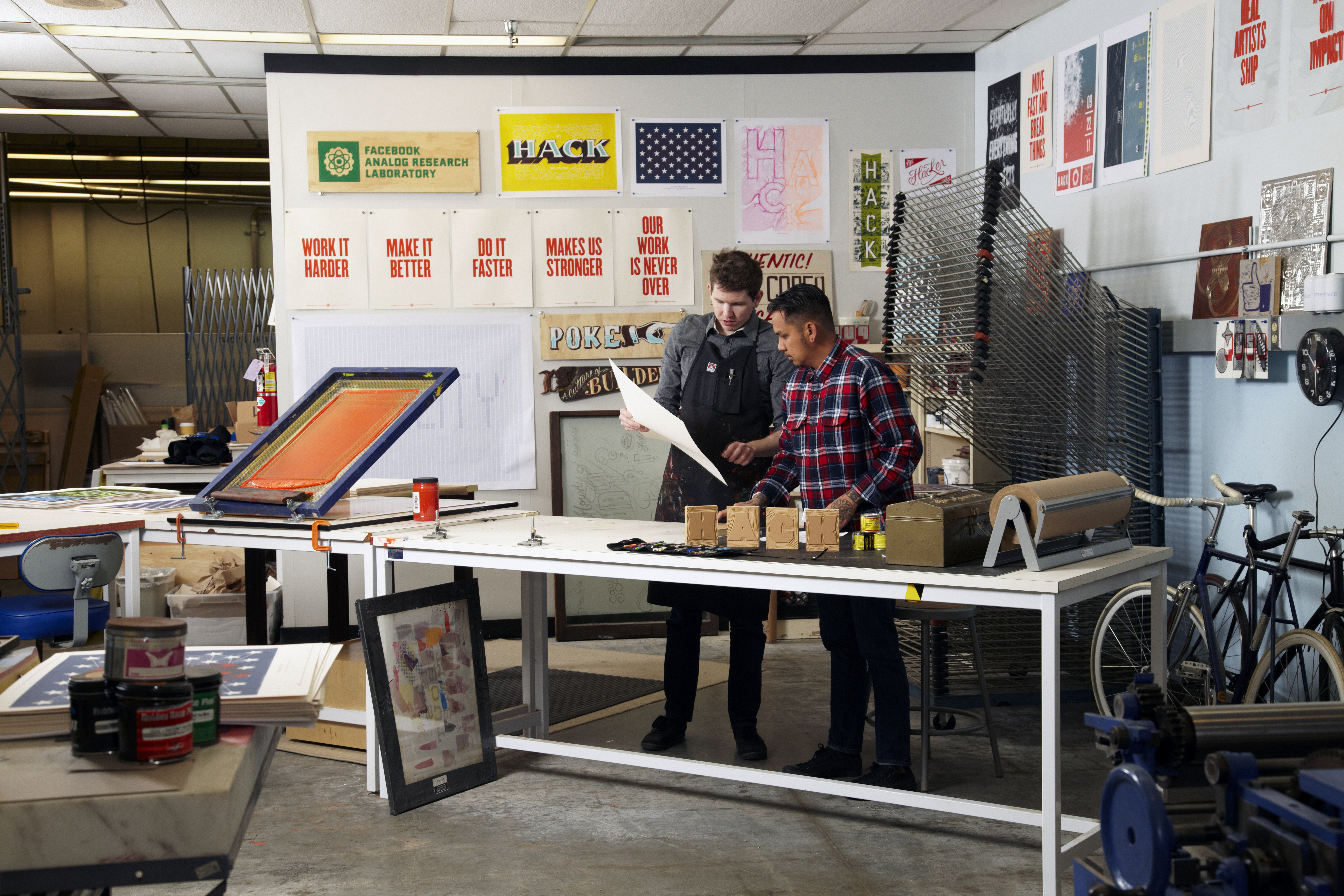As office life and real estate leases grow increasingly flexible, so does the office itself.
When JDA Software leased a 13,000-square-foot space in Scottsdale, AZ, for a new office, it wasn’t much more than a floor, a ceiling, and the exterior walls. The company could have gone with a pure open office layout, which would have been easy given the lack of interior rooms. But JDA wanted to create an environment with a variety of spaces, and it desired a contemporary look.
The traditional route would have involved hiring contractors to build walls.
But Tom Mulherin, the company’s vice president of business services, wanted flexibility — the ability to erect, take down and move walls with ease to create different experiences for the office’s 80 employees.
“When you put up drywall and hang ceilings, it’s the antithesis of flexibility,” he says. “Also, there is a sustainability issue. When you use drywall, you know that one day it’s all headed to a landfill.”
The firm ended up turning to DIRTT, a Calgary, Canada company that specializes in building modular walls and floors for buildings.
As office life and real estate dynamics increasingly revolve around agility — working from wherever you sit with your laptop and phone; seeking elastic office agreements with landlords, rather than long-term leases — so does the space itself. More and more companies are turning to modular solutions for interior walls, rather than hiring builders to tear down the old walls (and toss them in dumpsters) and hammering together new ones.
Mulherin is now a convert. In the past, JDA’s office build-outs involved construction. Modular, he says, is “the wave of the future.”
In addition to modular’s flexibility and sustainability benefits, Mulherin also appreciates the time savings. Builders are the first in the office when it’s time to build-out, with their sawzalls and nail guns. Between the demo, the building and the clean-up, it takes weeks and often months.
The DIRTT installation took just days.
Technology Fuels Adoption of Modular Office Walls
“Interest during the past two years has truly come into fruition,” says Julie Pithers, a DIRTT marketing executive. The key to the DIRTT approach, she says, is software. The company uses video game and virtual reality technology to help guide customers through their spaces. As they virtually walk through the new redesigned space, they get a feel for how it will work once it becomes bricks and mortar. As they roam, they can request changes on the fly and see how the change influences the final price.
“You design everything. Even the kitchen,” says Pithers. “This whole approach to digital construction is going to take off. This software changes everything. It lets you get the benefits of building your space in a factory, but you also get the custom that comes with construction.”
Another modular benefit? Space for wires and data cables are built into the walls (and as DIRTT also offers modular flooring, it’s built into the floors as well). Getting to the wiring and changing things requires just popping a panel, rather than having to get into the ceiling or open up part of a wall (with a saw).
Build-Your-Own Walls: Furniture Leverages Lego-Like Technology
Where DIRTT custom-builds modular walls and floors from its Alberta factory, another company in the space, Everblock lets companies build their own walls with Lego-like blocks.
Instead of erecting pre-made walls, New York-based Everblock lets you customize spaces on the fly.
“They don’t need to hire contractors or specialists. They don’t need to bother their landlord. They just build it themselves,” says Joshua Brownfeld, Everblock’s marketing director. “People get in touch and say they have an open office layout, everybody is bumping into everybody, you can hear everybody on the phone. We need more spaces. We work with them to figure out the dimensions of the space, and design it for them. And then, we ship them their blocks.”
Brownfeld says people can build 8-foot walls in less than 30 seconds.
Like DIRTT’s walls, Everblock’s cubes allow for easy access to wiring and data cables. The company also sells wall panel systems and interlocking floor panels that all work with the 12-inch by 12-inch cubes to let companies create bespoke spaces from floor to ceiling.
Desks, kitchen spaces, conference rooms (with spaces for video monitors) — Everblock lets people build what they want, wherever it’s needed. The blocks are recyclable, but Brownfeld says the company encourages people to keep them if they take down a wall or desk; they can always be used to build something else in the office.
The five-year-old company also uses 3D technology to help guide clients through the build-out process; Brownfeld called the technology the “crux” of the company’s approach, letting people visualize how so many colored blocks can transform empty spaces into dynamic offices.
It’s not just walls and floors that are going modular. Companies like Barcelona’s Kettal create entire pre-fabricated pavilions that offices leverage for a variety of purposes: conference rooms, dining areas, lounges.
Bricks and mortar office construction isn’t going away— at least not today. But modular approaches to office design are rapidly creating converts. Count Mulherin at JDA Software as one of them. It’s changed the way he looks at any construction project.
“I knew going with modular construction was a risk, but I thought the payback was high enough to gamble,” says Mulherin. “From now on, it’s my preferred way of doing construction projects. The first thing I want to do is explore the modular options before turning to contractors, sledge hammer, and drywall.”


